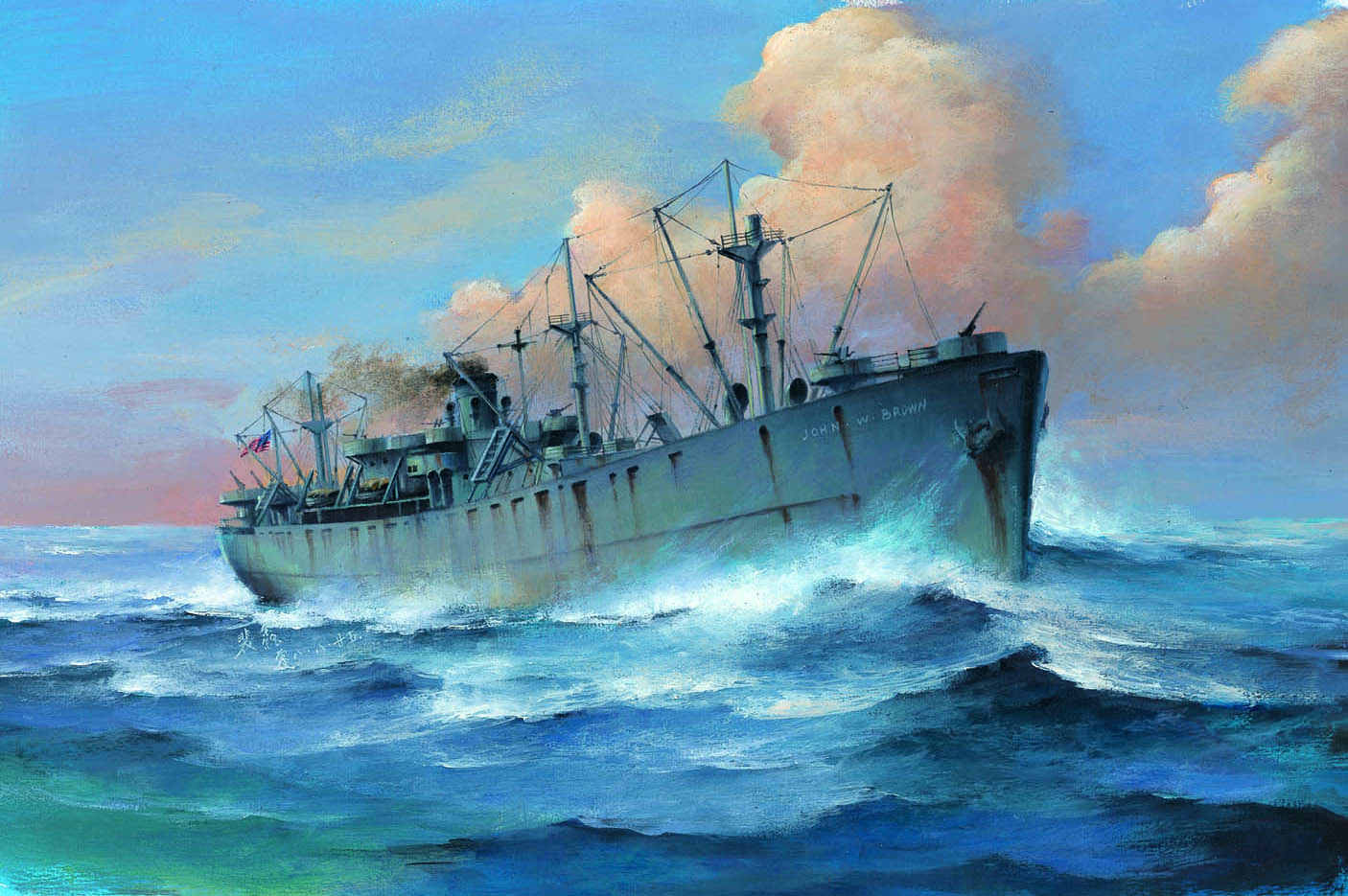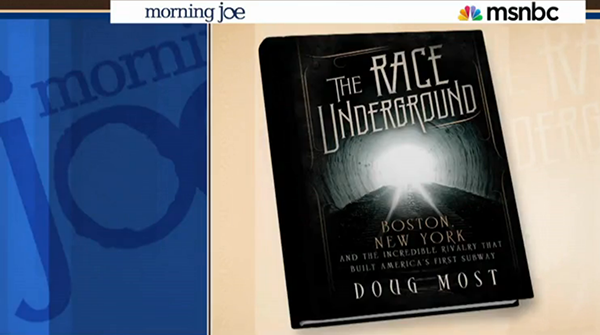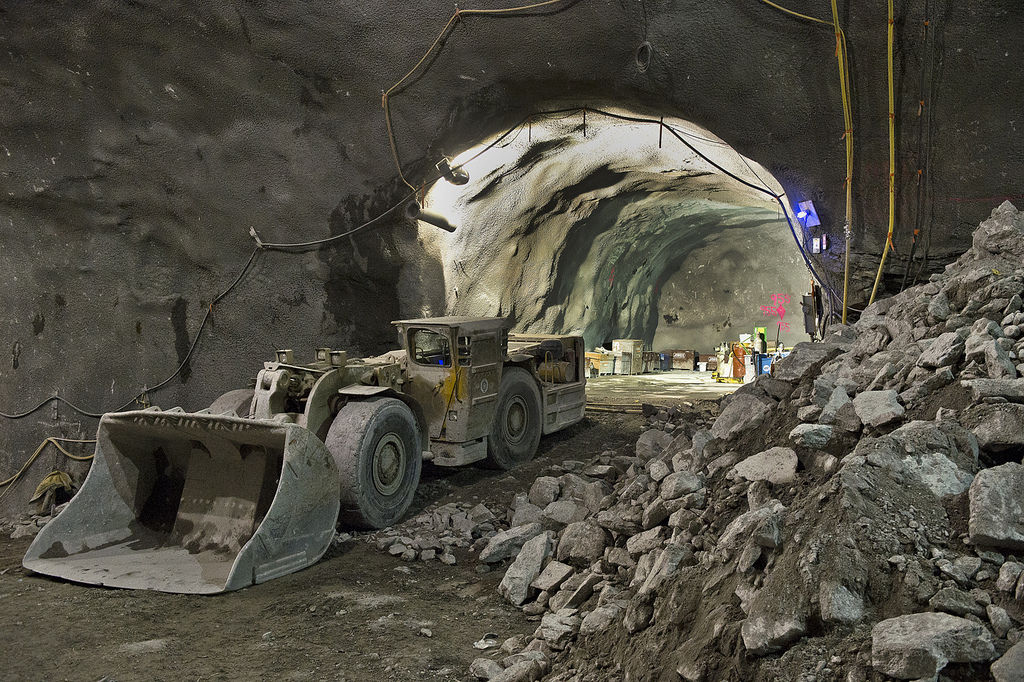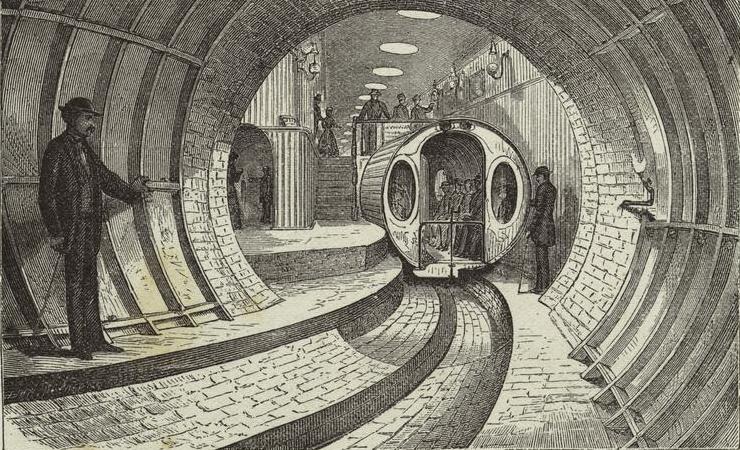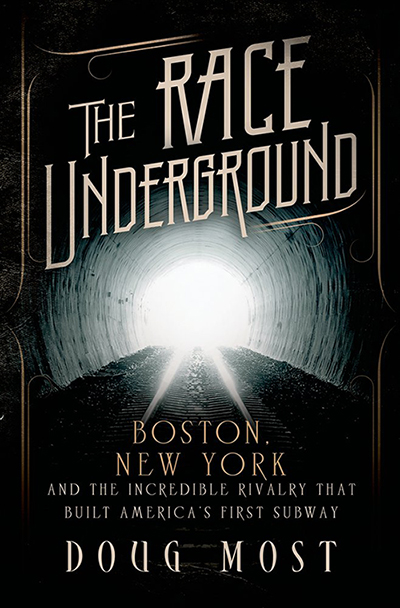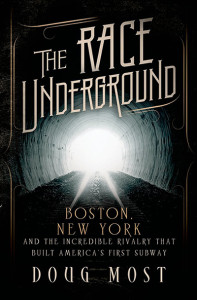“Before the Red Sox and the Yankees, Boston and New York were in competition underground. Doug Most explains how the two cities pushed each other to bring together the world’s first electric subway.”
Doug Most’s WBUR ‘Radio Interview’
Thanks for a great interview with Meghna Chakrabarti of WBUR’s ‘Radio Boston’. Great questions. Have a listen here:
Incredible New York subway construction photos
After 5 years of staring at pictures and drawings more than a hundred years old, of subways and tunnels and ancient digging techniques, it’s unbelievable for me to look at the photos recently posted on the Flickr page by the Metropolitan Transit Authority of New York. Wow. Just wow.
The photos were taken by Patrick Cashin, a photographer for the MTA, and they show the incredible scale of the 2nd Avenue Subway project.
Straight from the MTA’s Flickr page: After 90 years of planning and delays, the Second Avenue Subway is the first line to be constructed in New York City since 1932. The $4.5 billion transportation project will improve access to mass transit and reduce overcrowding and commuter delays on the east side of Manhattan.
In the video linked here, Cashin describes the feeling of being in this hole underground: “This thing is definitely an engineering feat. These caverns are man-made — created from scratch. It feels like you’re in the center of the Earth but really we’re right underneath the busiest city in the world. It’s incredible.”
It’s been more than a hundred years since New York and Boston opened their respective subways. On one hand, it’s amazing how far we’ve come. But on the other, it’s more remarkable how right they got it the first time around, with such primitive tools.
The Race Underground
SOON TO BE A PBS “AMERICAN EXPERIENCE” DOCUMENTARY!
KIRKUS REVIEWS BEST PAGE-TURNING, NON-FICTION BOOK OF 2014
Sam Roberts in the The New York Times said, “Mr. Most weaves together the egos, political hurdles and other daunting challenges in a sweeping narrative of late-19th-century intrigue.” Amazon.com named it a Best Book of the Month and The Economist raved. “Doug Most’s meticulously researched history reveals that getting the subways built was more a collaborative than a competitive effort.” And in its starred review, Kirkus Reviews wrote: “It’s a story of blizzards and fires, accidental gas explosions and dynamite blasts, of trenches tortuously dug, of sewer and water pipes rerouted and cemeteries excavated, of political infighting, of turnstiles and ticket-taking, of ingenious solutions to staggering problems.”
